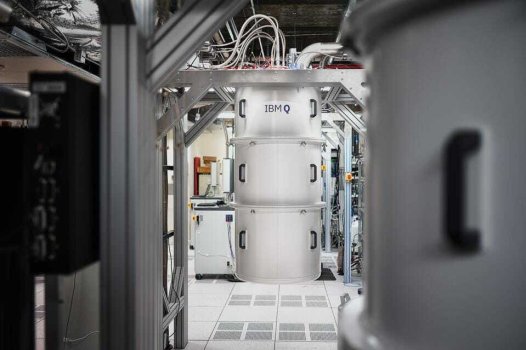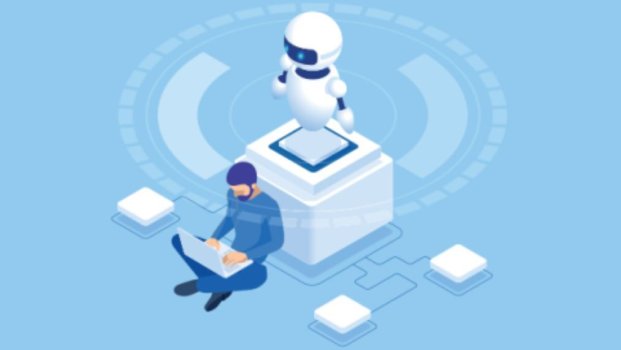Blockchain technology could be the future of all technology
- Technology Solutions
- 0 Replies
The dreaded ‘brain drain’ that has been affecting the island, and accelerated by Hurricane Maria, has seen the population decrease drastically, with over 70% of its college graduates leaving the island. Is there an antidote for this?
Shirley McPhaul-Castro believes that there is. McPhaul-Castro is the Director of CryptoCurious, an educational initiative from the Puerto Rico Blockchain Trade Association (PRBTA) that aims to bring Web 3 technology to the island in an accessible way.
November 11 marks the start of the Web 3 Hackathon 2.0, held by the PRBTA and Institute of Electrical and Electronics Engineers (IEEE) Blockchain Initiative, where participants will design and develop products to solve pressing issues — all using blockchain technology. Puerto Rico’s crypto and blockchain community has been steadily growing and is seen by many as the island’s golden ticket to improving its global position in tech and bringing high-paying jobs.
“Since Hurricane Maria, more than 90% of my friends have left. The island has become a lonely place,” said McPhaul-Castro in an interview with THE WEEKLY JOURNAL. “We can seize this opportunity to create high-paying jobs so our artists and engineers can stay and so that the diaspora will come back. No one leaves home because they want to, [you] migrate because you don’t have a choice. As Puerto Ricans, we want to change that, get our hands dirty, and get the work going. Hopefully more people will join us.”
Continue reading: https://www.theweeklyjournal.com/business/blockchain-technology-could-be-the-future-of-all-technology/article_cf2f28bc-5d93-11ed-a8f2-2b43b4a47245.html
Shirley McPhaul-Castro believes that there is. McPhaul-Castro is the Director of CryptoCurious, an educational initiative from the Puerto Rico Blockchain Trade Association (PRBTA) that aims to bring Web 3 technology to the island in an accessible way.
November 11 marks the start of the Web 3 Hackathon 2.0, held by the PRBTA and Institute of Electrical and Electronics Engineers (IEEE) Blockchain Initiative, where participants will design and develop products to solve pressing issues — all using blockchain technology. Puerto Rico’s crypto and blockchain community has been steadily growing and is seen by many as the island’s golden ticket to improving its global position in tech and bringing high-paying jobs.
“Since Hurricane Maria, more than 90% of my friends have left. The island has become a lonely place,” said McPhaul-Castro in an interview with THE WEEKLY JOURNAL. “We can seize this opportunity to create high-paying jobs so our artists and engineers can stay and so that the diaspora will come back. No one leaves home because they want to, [you] migrate because you don’t have a choice. As Puerto Ricans, we want to change that, get our hands dirty, and get the work going. Hopefully more people will join us.”
Continue reading: https://www.theweeklyjournal.com/business/blockchain-technology-could-be-the-future-of-all-technology/article_cf2f28bc-5d93-11ed-a8f2-2b43b4a47245.html























